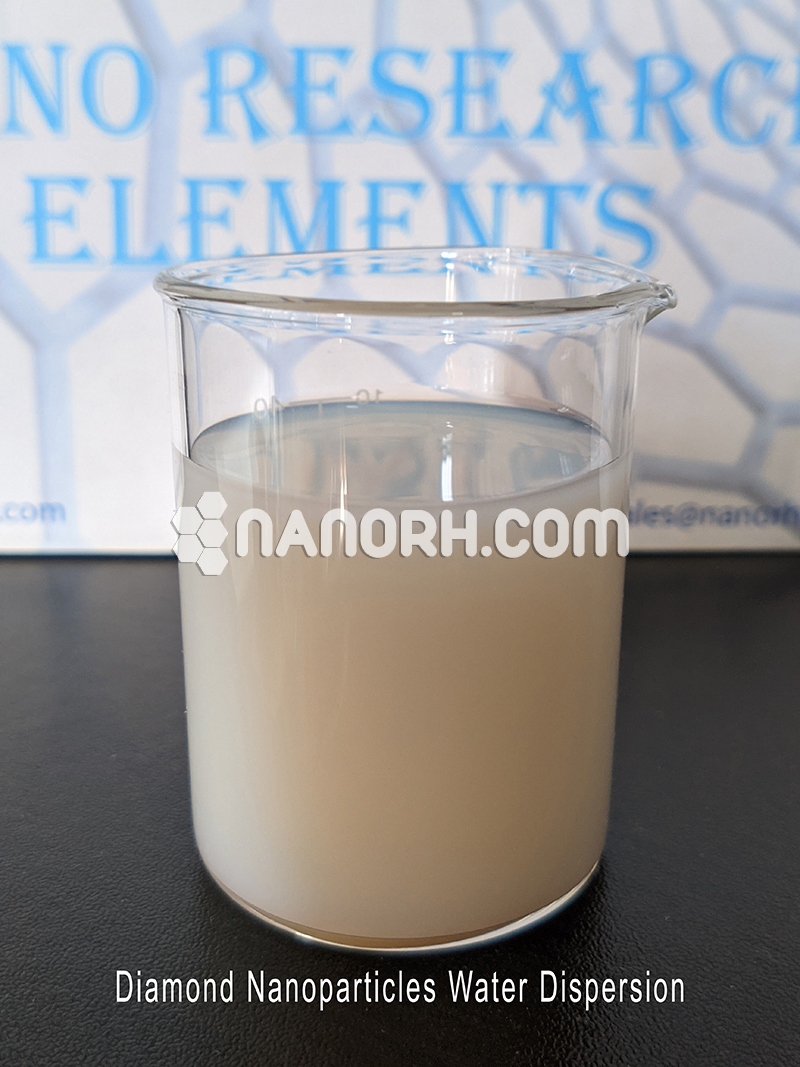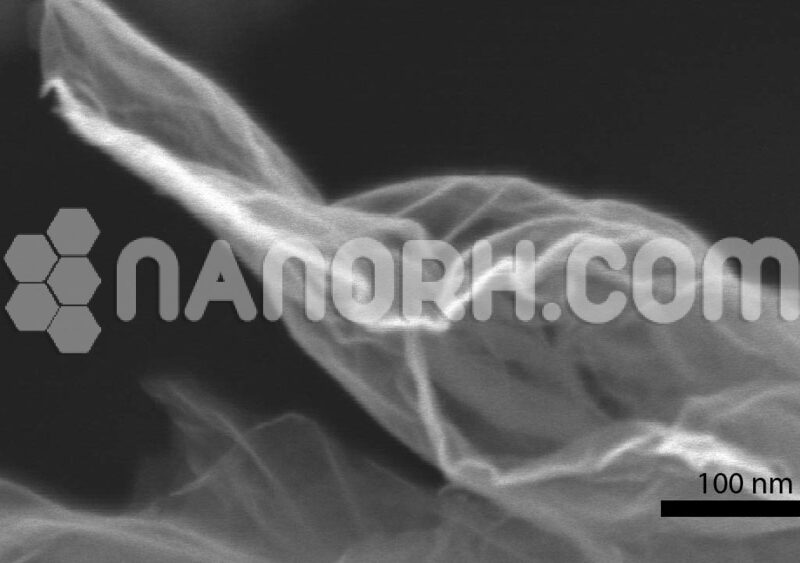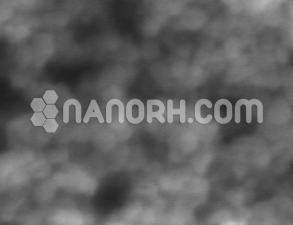Diamond Nanoparticles Water Dispersion
Diamond Nanoparticles Water Dispersion
High precision polishing-for the computer disk heads, the panels, and chips, optics lenses, and jewelry; Additives in Polymer complexes-can be used as an additive in rubber, glass, ceramic, and textile fabric material; Erosion-resistant diamond films/coatings; Biomedical materials (artificial bones and joints);
| Diamond Nanoparticles Water Dispersion | |
| Product No | NRE-22040 |
| CAS No. | 7782-40-3 |
| Formula | C |
| Molecular Weight | 12.01 g/mol |
| APS | <100 nm (can be customized) |
| Purity | > 98.3% |
| Color | Grey |
| Density | 3.51 gm/cm3 |
| Solvent | Water (as per requirement) |
| pH | NA |
Diamond Nanoparticles Water Dispersion
High precision polishing-for the computer disk heads, the panels, and chips, optics lenses, and jewelry; Additives in Polymer complexes-can be used as an additive in rubber, glass, ceramic, and textile fabric material; Erosion-resistant diamond films/coatings; Biomedical materials (artificial bones and joints); Biosensors; Chemical Sensors; Field electron emission materials; Heat-resistant diamond films/coatings; Integrated circuit substrates; Photoelectric sensors; Self-lubricating, wear-resistant composite coating; Pressure-limiting sensors; Radiation-resistant diamond films/coatings; Reinforcing agents for rubber, plastics, and resin; Seed crystal for growing larger diamond; High-strength abrasive material……
Applications
Biomedical and Medical
Drug Delivery and Targeted Therapy: Diamond nanoparticles, when dispersed in water, can be used as carriers in drug delivery systems. Their small size and large surface area allow them to load a significant amount of therapeutic agents, such as chemotherapy drugs. The water dispersion ensures that the particles remain stable and can be effectively administered in aqueous environments within the body. Moreover, surface functionalization of nanodiamonds with targeting ligands can make the drug delivery process more efficient by allowing the particles to target specific tissues or cells, such as cancer cells.
Imaging and Diagnostic Tools: Nanodiamonds can serve as effective contrast agents for imaging modalities like fluorescence microscopy, magnetic resonance imaging (MRI), and ultrasound. Dispersing diamond nanoparticles in water ensures their uniform distribution, improving their efficacy in medical imaging. Additionally, their surface can be functionalized with biomolecules (such as antibodies) to enhance specific binding to target tissues, improving diagnostic precision.
Electronics and Nanocomposites
Thermal Management in Electronics: One of the most promising applications of diamond nanoparticles in water dispersion is in thermal management for electronic devices. Due to their exceptional thermal conductivity, diamond nanoparticles are used to dissipate heat in microprocessors, LEDs, power transistors, and other high-performance electronics. When dispersed in water, they can be integrated into coolants or thermal interface materials (TIMs), enhancing the efficiency of heat transfer and prolonging the life of electronic components.
Conductive Inks for Printed Electronics: Water-dispersed diamond nanoparticles are utilized in conductive inks for the production of printed electronics, which include flexible circuits, wearable devices, and smart packaging. The high conductivity of nanodiamonds, coupled with their water dispersibility, allows for their integration into printed electronic devices using techniques like screen printing or inkjet printing.
Catalysis and Environmental Protection
Catalysis and Green Chemistry: Diamond nanoparticles are excellent candidates as catalysts or catalyst supports due to their high surface area and chemical stability. When dispersed in water, nanodiamonds can be used in aqueous-phase reactions such as hydrogenation, oxidation, and polymerization. Their use in green chemistry applications helps improve the efficiency and selectivity of chemical reactions while reducing the need for toxic solvents.



